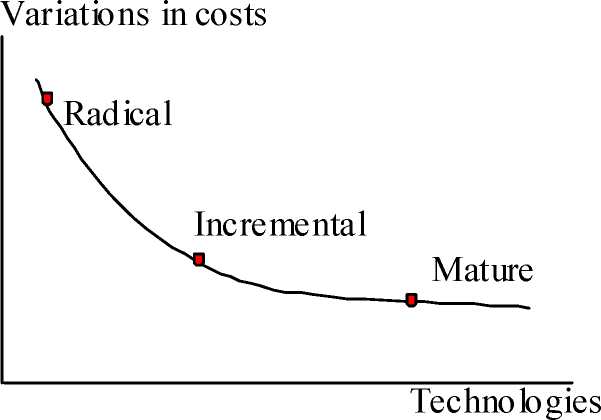Figure 4: Position of technologies on the learning curve10
Costs

However, as we will discus further in section 5, new types of windmills that are
offshore may even reduce the costs of windmill production further, and have
the potential to make windmill based energy production competitive even in
case where reductions of emissions are not done efficiently. But first, let us now
turn to the empirical side, to get a more precise picture of the dominant position
of the European windmill industry, and how the markets for wind energy have
evolved.
3. Why the EU has been more energy restrictive than
the US?
The development of more energy efficient technologies in the EU could be due
to three main reasons. First, the EU had huge imports of oil in the 1960s and
1970s whereas the United States was self-supplying. The EU dependency on oil
10 Mature technologies in widespread use have lower costs with lower variance; the costs of radi-
cal new technologies are higher and more variable. Variability of costs is also an indicator of
the uncertainty of technology costs. Radical technologies are little tried.
22
More intriguing information
1. Strengthening civil society from the outside? Donor driven consultation and participation processes in Poverty Reduction Strategies (PRSP): the Bolivian case2. Psychological Aspects of Market Crashes
3. The name is absent
4. Secondary school teachers’ attitudes towards and beliefs about ability grouping
5. The name is absent
6. A Consistent Nonparametric Test for Causality in Quantile
7. Spatial Aggregation and Weather Risk Management
8. FOREIGN AGRICULTURAL SERVICE PROGRAMS AND FOREIGN RELATIONS
9. The name is absent
10. Citizenship